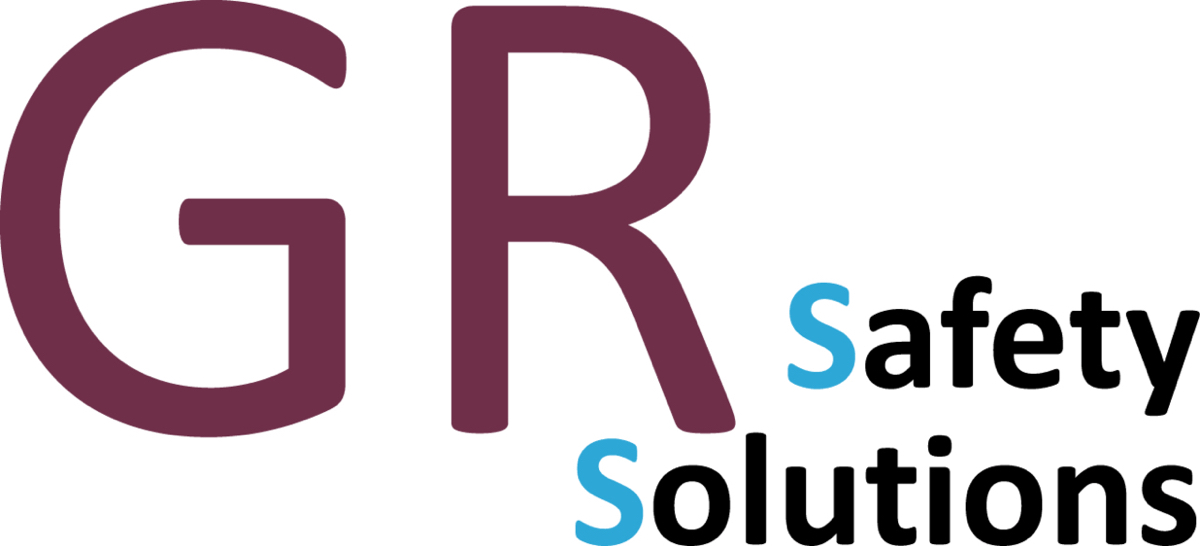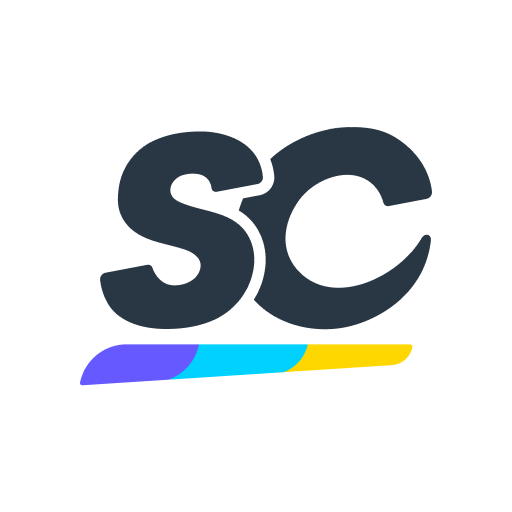Information
-
Document No.
-
User name & Title (manager, engineer etc).
-
User
-
Conducted on
-
Prepared by
-
Location
-
Personnel (leave blank)
Display Screen
Display Screen
-
Are the characters clear and readable?<br><br>(The screen should be clean - cleaning materials are available from the Stores. Use contrasting colours for text and background colours).
-
Is the text size comfortable to read?<br><br>(Software setting may be adjusted to change text size).
-
Is the image stable? (no flicker)<br><br>(Try using different colours to reduce flicker e.g. Darker background and lighter text).
-
Is the screen suitable?<br><br>(Intensive graphic work may require a larger display screen).
-
Can you adjust brightness and contrast?
-
Does the screen swivel and tilt?<br><br>(Swivel and tilt need not be built in, but please indicate if you cannot get the screen to a comfortable position).
-
Is the screen free from glare and reflections?<br><br>(You may need to move the screen, or the desk, to shield the screen from the light.<br>Dark characters on a light background are less prone to glare & reflection).
-
Are adjustable blinds/curtains provided and in good condition?<br><br>(Check the blinds work - and thts they cut out unwanted light).
Keyboard
Keyboard
-
Is the keyboard separate from the screen?<br><br>(This is required unless there is a need to use a portable).
-
Does the keyboard tilt?<br><br>(Tilt need not be built in).
-
Is it possible to find a comfortable keying position?<br><br>(The keyboard should be approximately 5 cm from the front desk).
Mouse, trackball, etc.
Mouse, trackball, etc.
-
Is the device suitable for the tasks you use it for?<br><br>(The mouse and trackballs are general-purpose devices suitable for more many tasks and are available in a variety of shapes and sizes).
-
Is the device positioned close to you?<br><br>(Most devices are best placed right by the side of the keyboard)<br>-Do not over stretch arm to reach device.<br>-Do not leave hand on the device when it is not in use.<br>-Try to keep a relaxed arm and straight wrist.
-
Do you have support for your wrist and forearm?<br><br>(Support may be gained from the desk or chair arm - or a separate supporting device. You should be able to find a comfortable working position with the device).
-
Does the device work smoothly and at a suitable speed?<br><br>(The device may need cleaning or a mouse mat may be required).
Software
Software
-
Is the software suitable for your requirements?<br><br>(Training is available for many software packages - please indicate if required. Software should be user-friendly. It should respond quickly and clearly, with adequate feedback, such as clear help messages).
Furniture/Ergonomics
Furniture/Ergonomics
-
Is the desk large enough for all equipment, papers, etc?<br><br>(Create more room by moving printer, reference materials etc elsewhere. If necessary, it may be possible to provide new power and telecom sockets).
-
Can you reach all the papers and equipment you need?<br><br>(Ensure frequently used items are within easy reach. A document holder may be required to minimise head and eye movements).
-
Are surfaces free from glare and reflection?<br><br>(Consider mats or blotters if there is a problem).
-
Is the small of your back supported by the chair's backrest?<br><br>(You should have a straight back, supported by the chair, with relaxed shoulders).
-
Are feet flat on the floor?<br><br>(If not, a footrest may be needed)
Risk Factors
Risk Factors
-
Is the chair suitable? Does it have: 1: Back height and tilt adjustment, 2: Seat height adjustment, 3: Swivel mechanism, 4: Castors or glides<br><br>(The chair may need repairing or replacing if the user is uncomfortable, or cannot use the adjustment mechanisms).
-
Is the chair adjusted correctly?<br><br>(See diagram)
-
Are forearms horizontal and eyes at roughly the same height as the top of the screen<br><br>(Adjust the chair height to get your arms in the correct position - THEN adjust the screen height, if necessary).
-
Do you have a good keyboard technique?<br><br>(Elbows should be at a right angle with shoulders relaxed.the forearm, wrist and hands should be straight and level. Wrists must not rest on table).
Environment
Environment
-
Is there enough room to change position and vary movement?<br><br>(Space is needed to move, stretch and fidget. Cables should be tidy and not a trip hazard).
-
Is the lighting suitable, e.g. Not too bright or too dim. To work comfortably?<br><br>(You should be able to adjust light levels, by adjusting blinds or light switches or desk lamp).
-
Does air feel comfortable?<br><br>(Circulate fresh air if possible.plants may help).
-
Are levels of heat and noise comfortable?
Final Questions
Final Questions
-
Have you experienced any discomfort or other symptoms that you attribute to working with your screen?
-
Do you take regular breaks working away from the screen?<br><br>(At least 1 minute every half an hour).
-
How much time do you spend using the screen on a typical day?<br><br>(Select N/A, answer in hours).
-
Have you received an eye test within the last two years
Further Actions
Further action needed
-
Further action needed?
Sign Off
Sign Off
-
Auditor Signature
-
User signature













